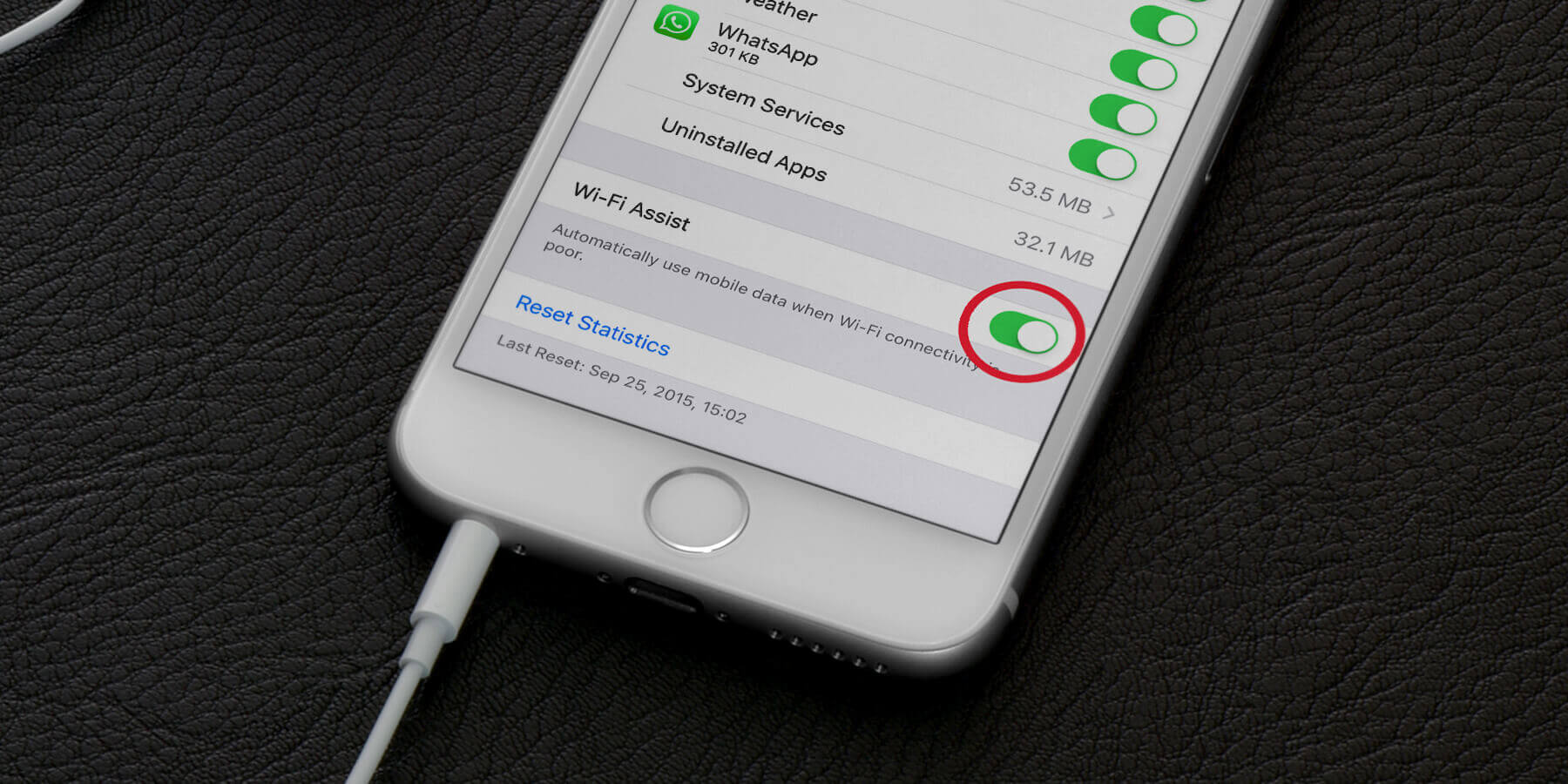Apple has offered up clarification on how its new Wi-Fi Assist feature uses cellular data in iOS 9.
Recently, iPhone and iPad users with cellular plans became aware that the feature buried within the Settings app could have been causing their data to drain significantly, causing a major issue for those on strict (and even not-so-strict data plans).
The idea behind the feature is that if a Wi-Fi zone is patchy, or not particularly strong, iOS will supplement the connection with cellular data.
However, it’s not clear exactly when, and to what extent this feature will kick in.
Read more about the issue in our previous post.
To address these concerns, Apple has released a support document giving further context on how the feature works. The document can be read in full here, but we’ve highlighted the key notions below.
It explains that the feature works by activating cellular data if a webpage doesn’t load, or is slow loading, adding that Wi-Fi Assist works with “most apps like Safari, Apple Music, Mail, Maps, and more.”
Importantly, Apple has tried to assuage user concerns that any significant drain of data by noting that the feature isn’t activated when it comes to the largest data-using activities of apps:
- Wi-Fi Assist will not automatically switch to cellular if you’re data roaming.
- Wi-Fi Assist only works when you have apps running in the foreground and doesn’t activate with background downloading of content.
- Wi-Fi Assist doesn’t activate with some third-party apps that stream audio or video, or download attachments, like an email app, as they might use large amounts of data.
As a result, Apple says data usage should only be “a small percentage higher than previous usage,” suggesting that users data woes may be caused by something else.
Do you find yourself reaching your data limit all too frequently? Read our article on how to save cellular data on the iPhone and iPad.
Read Apple’s explanation behind the potential data-draining feature in iOS – Wi-Fi Assist: http://t.co/lbgEuVWBKq pic.twitter.com/rK979Uh4IH
— TapSmart (@TapSmart) October 15, 2015

